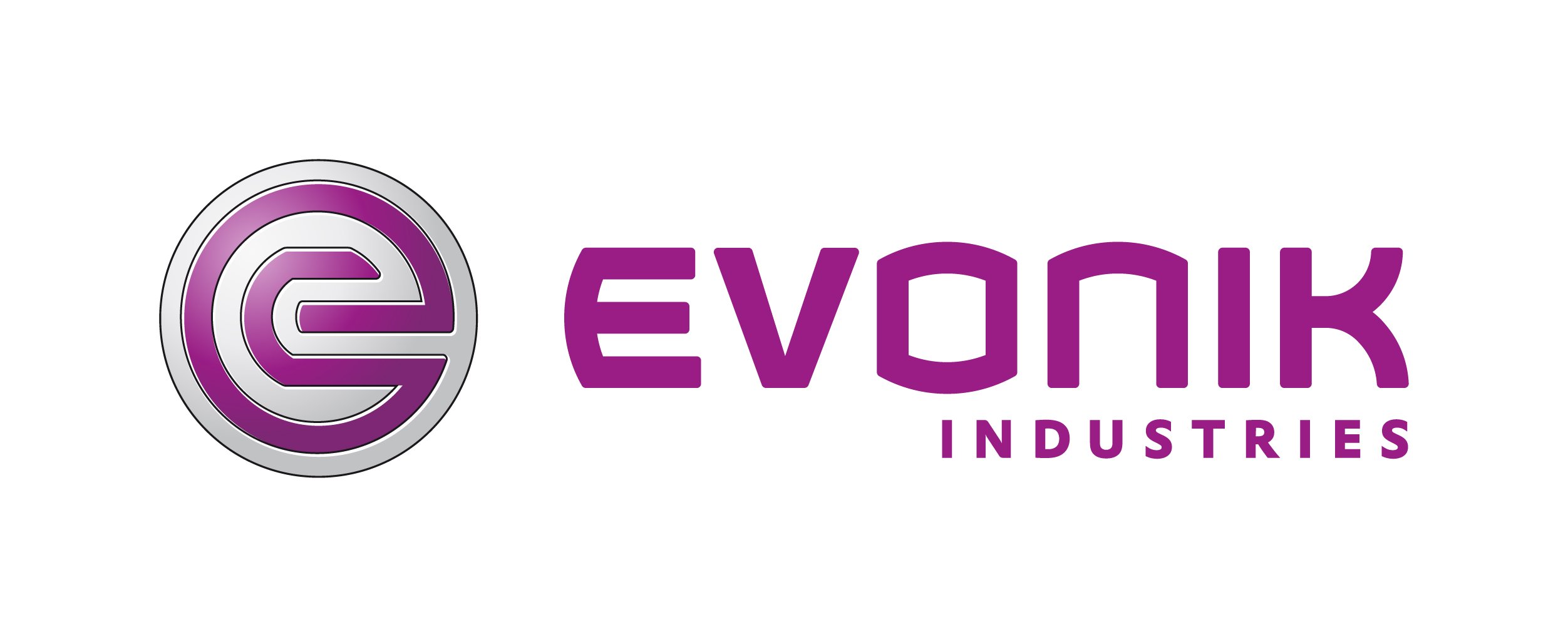
The Crucial Role of Specific Training Workshops in the Industrial Sector

Ensuring the safety and development of your staff and third parties entering the plant is not a luxury but a necessity. The dynamic nature of industries such as pharmaceuticals, petrochemicals, construction, and food requires a multi-functional approach to training.
Key benefits of safety training

- Risk reduction
Effective safety training equips staff and third parties with the knowledge to identify and mitigate risks, significantly reducing the likelihood of accidents. - Regulatory compliance
Regular training ensures that companies stay up-to-date with the latest safety regulations, avoiding legal complications and potential fines. - Enhanced employee morale
Employees who feel safe and valued are more likely to be engaged and productive. Safety training demonstrates a company’s commitment to its workforce’s well-being. - Long-term cost-savings
Investing in safety training can lead to a reduction in accidents, which in turn reduces costs associated with workplace injuries and insurance claims.
Challenges in implementing safety training
- Keeping content relevant and engaging
The challenge lies in making sure the training content is relevant to specific industry needs and engaging enough to ensure retention and application. - Time and resource constraints
Allocating time for training in fast-paced industrial environments can be challenging, and there are often constraints on resources available for comprehensive training programs. - Measuring effectiveness
It can be difficult to quantitatively measure the effectiveness of safety training, making it challenging to continuously improve and adapt the programs.
Types of training
First aid, simulations, fire safety, hazardous materials handling, compliance and industry-specific training are common and essential components of safety programmes in the industrial sector. These trainings focus on the most common risks and scenarios that workers may face in these environments. Let’s take a closer look at this.
Simulations
Bridging the gap between theory and practice
Simulations refer to the use of virtual or controlled environments to replicate real-world scenarios. These simulations are designed to mimic the actual conditions and challenges that employees might encounter in their workplace, allowing them to practice their responses and decision-making skills in a risk-free setting. This method of training is particularly valuable in high-risk industries where hands-on experience is crucial, but actual on-the-job training can be dangerous. Simulations provide an effective way for workers to gain practical experience and develop their skills without the associated risks of real-life situations.
Benefits
- Safe learning environment
Simulations provide a risk-free environment where employees can practice and make mistakes without real consequences. - Hands-on experience
By simulating realistic scenarios, employees get hands-on experience that is essential for effective learning of complex or dangerous tasks. - Improved engagement
Interactive simulations are often more engaging than traditional learning formats, leading to better retention and understanding of the subject matter. - Instant feedback
Simulations can provide immediate feedback, allowing employees to learn quickly and adapt their skills. - Customisability
Simulations can be adapted to specific industries and situations, providing more personalized and relevant training.
Challenges
- Cost
Developing and implementing high-quality simulations can be costly, especially if advanced technologies and equipment are required. - Technological complexity
Setting up realistic simulations often requires advanced technology, which can be challenging for organisations without the necessary technical expertise. - Realism
Accurately replicating real-life situations can be difficult; simulations cannot always mimic all the variables and unexpected events of real scenarios. - Continuous updates needed
To remain relevant, simulations must be updated regularly to reflect changes in technology, processes and industry standards. - Dependence on technology
Over-reliance on simulations can lead to a lack of preparation for unpredictable elements that only occur in real situations.
First Aid (EHBO) training:
Essential skills for workplace safety
First Aid (EHBO) Training in the workplace involves teaching employees the basic medical skills needed to provide immediate assistance in case of an injury or emergency before professional medical help arrives. This training typically includes techniques like CPR (cardiopulmonary resuscitation), wound care, managing emergencies like choking or shock, and understanding how to use first aid equipment.
Benefits
- Immediate response in emergencies Potentially saving lives or reducing the severity of injuries.
- Empowerment of employees
The confidence and skills to act decisively in crisis situations, both at work and in their personal lives. - Promotion of a safer workplace
Enhances overall safety and can contribute to a culture of health and safety awareness. - Legal compliance
Helps organizations comply with workplace safety regulations and legal requirements.
Challenges
- Ensuring retention of skills
Regular refresher courses are required. - Time constraints
Providing thorough training within the limited time available can be challenging, especially in busy work environments. - Costs and logistics
Organizing and funding first aid training, especially for large workforces, can be costly and logistically complex. - Keeping training up-to-date
First aid practices and guidelines can evolve, necessitating ongoing updates to the training program.
Cultivating a safety culture
Beyond regulations
Cultivating a safety culture within an industrial environment means creating an organizational ethos in which safety is more than just a legal requirement. Safety becomes an integral part of the way of thinking in the workplace and influences every action and decision. This culture shift is not just about complying with safety checklists; it is about embedding safety in the organization’s core values and daily practices.
Key to this transformation is the implementation of several interactive and engaging initiatives, such as interactive workshops, which are not only informative but also encourage active participation and dialogue among employees. Regular safety meetings are suitable for discussing updates, raising concerns and jointly seeking improvements.
- Mindset over checklists
It ensures that safety isn’t just a box-ticking exercise but an ingrained mindset. - Peer responsibility
A strong safety culture promotes collective responsibility. Employees watch out for each other, reducing the likelihood of oversights. - Long-term benefits
Cultivating a safety culture reduces the chances of accidents, leading to increased productivity, better employee morale, and reduced legal complications.
E-Learning in the industrial sector
A modern approach to training
E-Learning, or digital learning, refers to the use of digital platforms and resources to facilitate safety training. In the industrial sector, e-Learning translates into an innovative approach where employees engage with interactive, online training modules instead of traditional classroom-based learning. The primary advantages of e-learning include its ability to deliver uniform training across different locations and languages and its scalability to accommodate large numbers of employees. This approach is particularly beneficial in industries where consistent knowledge and skills are crucial, regardless of geographical or linguistic barriers. E-learning platforms in the industrial sector are tailored to meet specific training needs, ranging from safety protocols to operational procedures, and offer a flexible, efficient, and engaging way for employees to enhance their expertise.
Tips
- Customize content for specific needs
Tailor the e-Learning content to address the unique safety requirements of your industry and specific job roles. Ensure that the training covers all relevant safety protocols, procedures, and compliance standards specific to your workplace. This customization enhances the relevance and applicability. - Incorporate interactive and engaging elements
Such as simulations, quizzes, and interactive scenarios to maximize engagement, better understanding, and retention. - Ensure accessibility and flexibility
Make the e-Learning platform accessible by using an LMS (Learning Management System). This is crucial, especially if you also work with third parties, for minimising disruptions to work schedules.

Comprehensive e-Learning solutions tailored to the unique needs of the industrial sector. Contact us to learn more about how Onyx One can help you improve safety training.
















